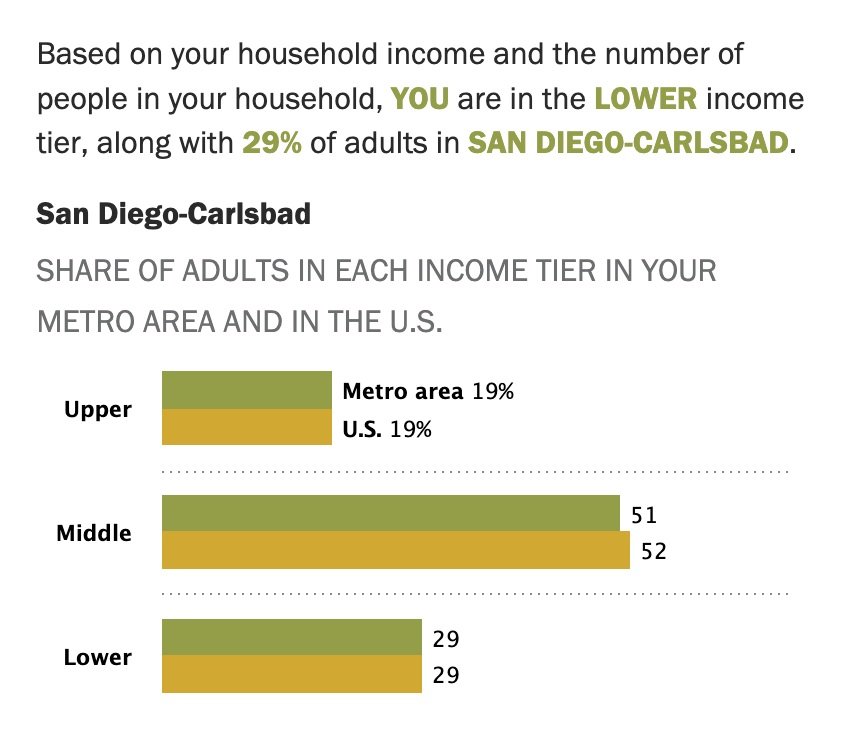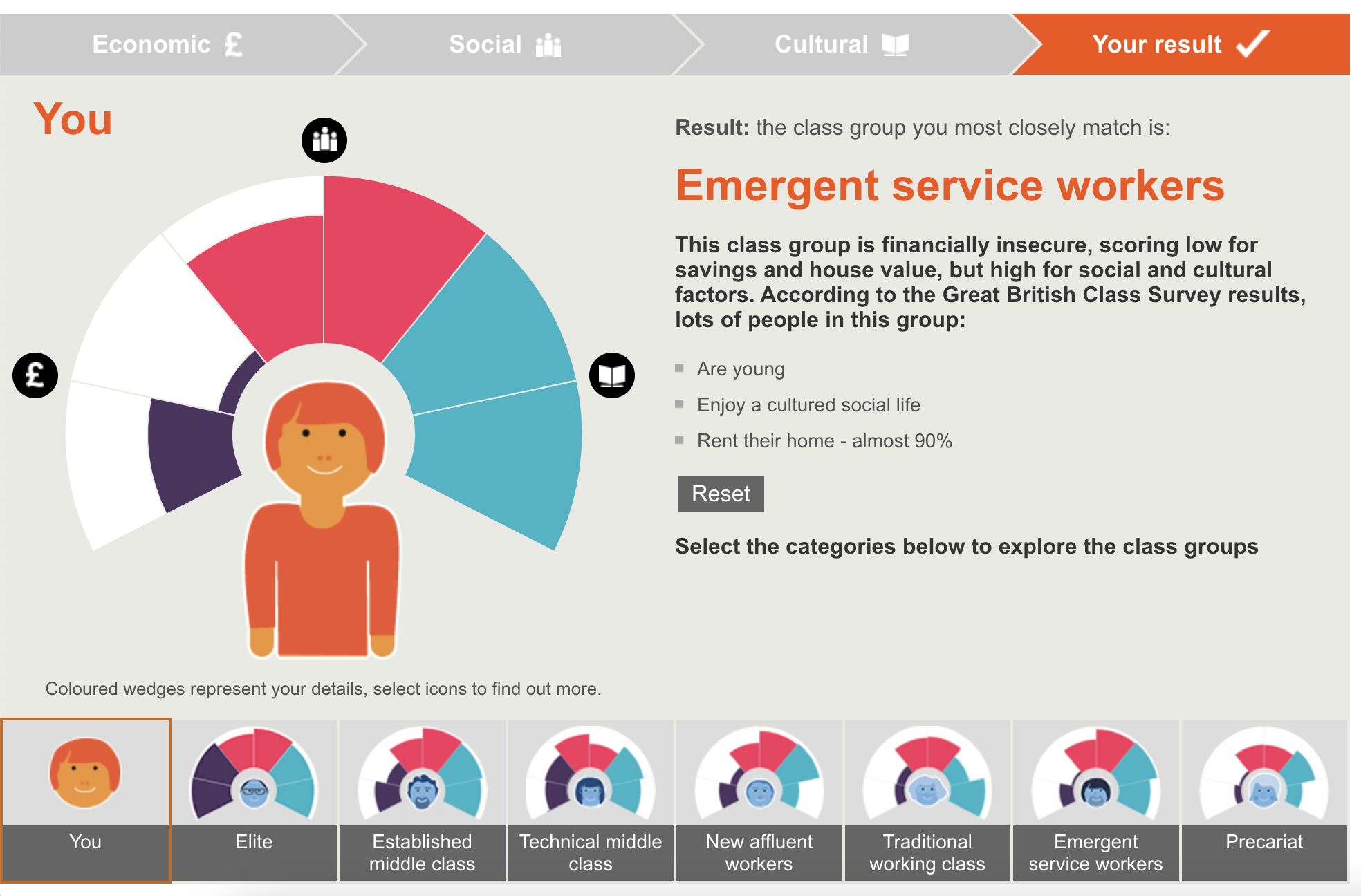Sorry for the delay, Imagined Audience!
The Blood Moon Mother is still wrapping up her stay at mines, I had my first post-editorial letter meeting with my editor, I’ve been overwhelmed by preventative doctor’s appointments regarding my chronic health issues (four), and the Just Like Heaven music festival was a nostalgic delight.
I also completed courses in Tableau and Power BI, started looking into my desired SQL platform (tending towards SQLite), solved a SQL Murder Mystery, and took a couple other steps forward in my data analysis journey.
I am putting the finale of the Black Names Analysis trilogy on hold for a second, though. Given that my original plan was to post one of these a week, I want this entry will be a quick little catchup! This Story of the Data of my Stories will cover the construction of a dashboard for my thesis, a middle-grade novel that necessitated a lot of research into California flora & fauna. Let the data storytelling begin!
Ask
Today’s question for analysis is: Who lives in the setting of my thesis novel?
You might say that sounds like a job for a moodboard, but I’ve never been femme enough for moodboards. No, instead I get my inspiration from the Pew Research Center or City Data or (my new favorite since returning home) CalMatters or so on. I’m also a megafan of the NYTimes Graphics section, as frustrated as I am with the NYT.
I like to poke around sites like Pew when I’m trying to figure out how normal my political views are, whether I truly count as middle class, or what kind of middle class I am.
Apparently, I am:
a progressive leftist,
who is low-income in the context of San Diego,
or for a MFA-having Black women as a whole,
(oof, but this I why I’m working on a career change. I think I successfully fooled some of my middle-class colleagues into thinking I grew up like them!)
but cultured beyond my income level.
Data like this is good for describing the real world, and therefore good for describing a fictional world.
Let’s see if we can make a nice little dashboard that gathers similar demographic details about the setting.
Prepare
My thesis novel takes place partially in the current-day real-world but partially among hidden witch societies that don’t use money. There is no real social class!
But there are have power disparities in terms of magic. My advisors asked me some good and deep questions about how those disparities affected the setting, and that’s what influenced the shape of this spreadsheet. (Well, other than needing to track characters.)
Thinking through the nature of inequality in your fictional world is always an exercise worth exploring. What does hierarchy look like in your setting?
Is hierarchy even necessary? Is it (viewed as) a good thing?
Personally, I decided that a little hierarchy was fine so long as differences in societal power didn’t result in differences in societal treatment.
I was inspired by a study that asked Americans to imagine their ideal wealth distribution (“Building a Better America—One Wealth Quintile at a Time” by Michael Norton and Dan Ariely).
I remember reading vernacular breakdown of the article in undergrad and one of its figures stuck in my mind:
The ideal wealth distribution suggested by most Americans is close to a 30/25/20/15/10 split between quintiles, so that’s what I aimed for. I then tweaked the numbers to tweak the setting.
The data I collected/created for this included biographical name, age, and gender but also witchhood status—ie, whether they are a full witch, in training, or without magic—and the number of animal patrons that they have attained.
Given that you need to obtain all of your patron animals to become a fully-confirmed witch, patrons are something like a measure of power. The four types of patrons needed to become a full-power witch are a Bird, a Bug, a Beast, and a Bloom (terminology still tentative); so one of the major areas of inequality is that some characters only form partnerships with one or two or three patrons.
In any case: the main character sheet looks a little like this:
and it covers all 800+ members of the witch’s hidden village as well as a few key non-witch characters. I have a primary key column titled # but also a random number column in case I want to play around with chance and be surprised by who pops up.
I did not sit down and create individual profiles for 800 characters, however. Only the first 43 names on the list are fully-fledged characters, I came up with some general traits and pulled some Black names from the databases I mentioned being enamored with before, and then semirandomly/procedurally generated a population.
I also have 3 sheets of data from open source and education listings of flora and fauna that I use to select patrons from:
BIRDS:
MAMMALS
HERPS & FISH
(I ended up barely using the herps and fish sheet. Yes, some witches have lizards and snakes as patrons, but I thought it was too cruel to give a witch the power to only speak to fish. That’s definitely happened to someone in this setting, but nobody that I chose to feature in the story).




